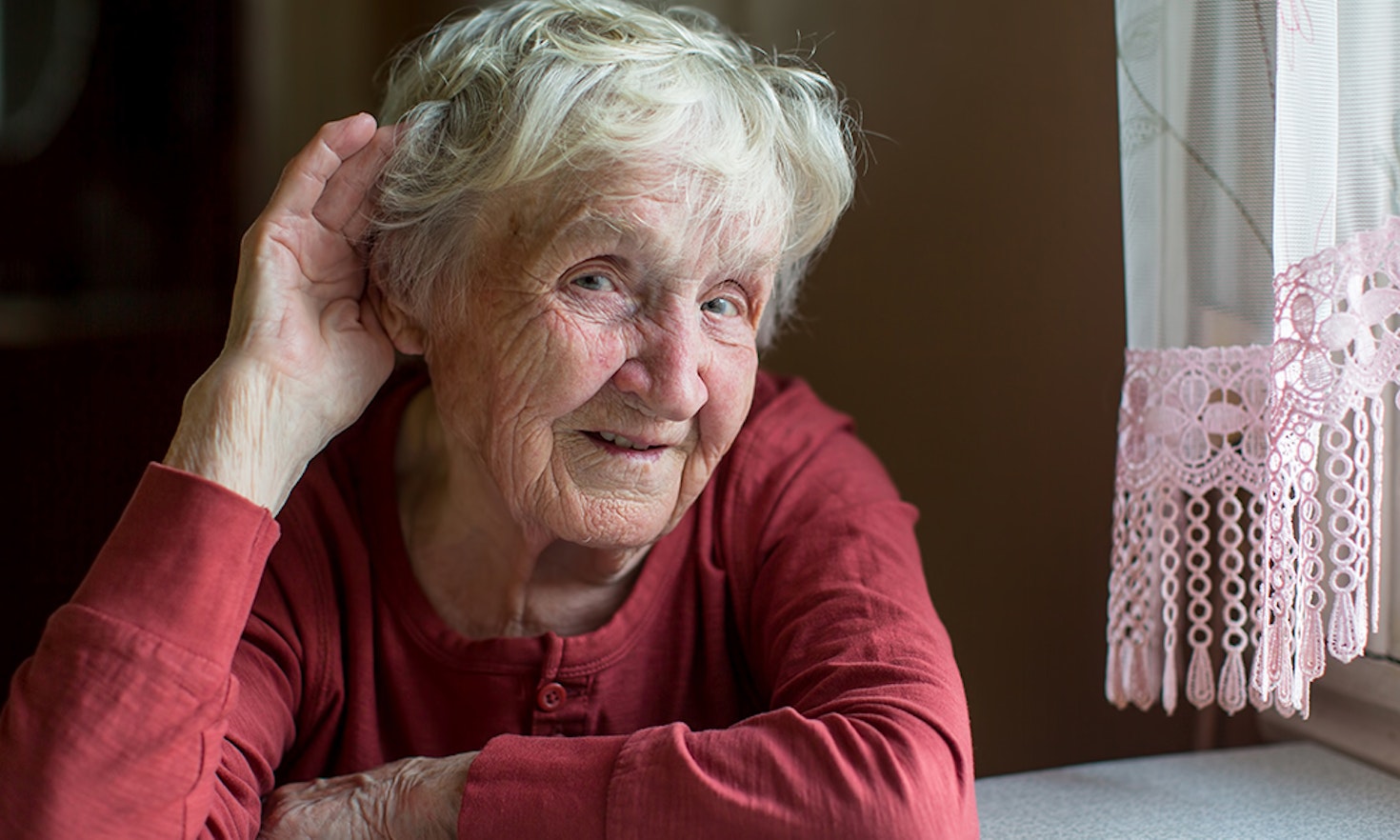Advancing European Disability Law

My grandmother was born in Monzambano, a small village in the north of Italy, in 1913. She lived through the turmoil of the First and Second World Wars. She survived the Fascist regime and the German occupation. She became deaf in her mid-forties. However, it is often difficult to parse from the collected family lore exactly when or why. She developed a bad infection, and the lack of any appropriate treatment made her progressively deaf. Italy was recovering after the war, and in the rural area where she was living she did not have the opportunity to obtain the necessary medical treatment. When she did get it, in the ‘70s, it was simply too late. That’s as much as I know.
Her deafness, however, was something that I never really considered on a conscious level, until I started to do research on the rights of persons with disabilities, back in 2008. At that time my grandmother was long gone, as she died at the age of 87 in 2000, a few days before one of my first “big” exams at the Faculty of Law. To me she was my beloved grannie, a great cook – always preparing my most favourite dishes – a voracious reader, and a devout woman – reciting the rosary every day at 4pm. Most of all, she was calm, warm, loving and smiling. I cannot recall seeing her angry. I suppose she might have been sometime, but it must have been very rare, as I spent much of my infancy in her home and we did a lot of things together. I used to speak slowly to her and she could read my lips most of the time. When the topic was a bit difficult, I would write her a message on the small notebook that she used to annotate the points of card games, which she played with my grandfather. It was a slightly different way of communicating, but to me it was normal to communicate with her that way. My grandmother was special and so was our communication.
It was only in 2008, when I started working on a project on disability law, that I realized I had never seen my grandmother as a person with a disability, and I had never considered the barriers she had encountered in her life. I realized that she had not watched movies on TV with me because there were (most of the times) no subtitles. She was an independent woman, but she was always accompanied by someone from the family, and she never took public transport alone. It is strange how sometimes we do not see things, and then suddenly they become clear to us.
I have been studying disability law for more than ten years now and I have met several wonderful scholars and advocates. I have learned a lot and I am still learning. My work has focused mostly on what the European Union (EU) and its Member States are doing to implement one of the most groundbreaking international human rights treaties ever written: the UN Convention on the Rights of Persons with Disabilities. The CRPD was approved by the UN General Assembly at the end of 2006. It entered into force in 2008, and was ratified by the EU in 2009. Since then, the EU has attempted to implement the Convention and has put forward a wide-ranging pan-European disability policy. However, the earliest EU actions on disability date back to the 1970s, far earlier than the ratification of the CRPD. These early initiatives were primarily aimed at supporting EU Member States in providing services to persons with disabilities, and mainly took the form of non-binding instruments or action programmes in the areas of employment and vocational training. In the 1990s, under the influence of the UN disability policy, the European disability agenda gradually extended beyond its initial, narrow, scope. The first comprehensive EU policy plan, the New Community Disability Strategy, was approved in 1996 and was inspired by the social model of disability, i.e. the view that disability stems from the interaction between the individual impairment and external (social or environmental) barriers. However, the EU’s role was, once again, confined to facilitating co-operation among its Member States. However, the major change in EU disability policy dates back to 1999, with the Treaty of Amsterdam, which conferred onto the EU (i.e. the former EC) competence to combat discrimination on the grounds inter alia of disability. Further to these constitutional changes, Directive 2000/78/EC of 27 November 2000 establishing a general framework for equal treatment in employment and occupation (the Employment Equality Directive), marked the very first legislative intervention designed to address discrimination on the ground of disability. In the same year, the proclamation of the EU Charter of Fundamental Rights contributed to shedding light on the rights of people with disabilities. Alongside an all-embracing prohibition on discrimination, the Charter contains different provisions related to disability. The most notable is Article 26 which recognises ‘the right of persons with disabilities to benefit from measures designed to ensure their independence, social and occupational integration and participation in the life of the community’.
Since then, the EU has been relatively successful in mainstreaming disability provisions in various strands of legislation. In 2010, in order to effectively implement the CRPD, the EU adopted a new comprehensive policy plan: the European Disability Strategy 2010-2020 (EDS), which has the ‘overall aim’ of ‘empower[ing] people with disabilities so that they can enjoy their full rights, and benefit fully from participating in society and in the European economy’. The EDS indicates eight interconnected priority areas of action: accessibility, participation, equality, employment, education and training, social protection, health and external action. For each of these areas, it identifies EU-level actions, which, alongside national measures, are designed to ‘ensure effective implementation of the UN Convention across the EU’. Having adopted the Web Accessibility Directive in 2016 (Directive (EU) 2016/2102) and a number of other disability related provisions in various areas such as Structural Funds, the EU is currently in the process of passing new legislation to improve accessibility of goods and services. The European Accessibility Act, proposed by the Commission at the end of 2015, is still in the process of adoption, albeit its approval is expected soon.
Although the EDS is comprehensive and despite the various initiatives adopted so far, the EU still has a long way to go to ensure that people with disabilities enjoy equal rights. With the European elections approaching, the current priority is to adopt accessible and inclusive voting procedures. A recent report of European Economic and Social Committee (SOC/554-EESC-2017), while highlighting good practices, suggests that there are still several barriers to persons with disabilities exercising their right to vote. In a few EU countries, voting rights are automatically revoked in cases of persons with intellectual disabilities under plenary guardianship. Even for those who are not deprived of voting rights, the exercise of the right to vote remains difficult. Often polling stations are not accessible and several EU countries do not provide alternatives to voting at a polling station, such as postal voting, electronic voting, or voting by mobile ballot box. Frequently, the design of the ballot paper and the voting format are inaccessible to people with sensory impairments. It is important that national authorities become aware of these barriers and guarantee the full political rights to all. It is vital that people with disabilities have the chance to vote, so that they are fully represented in the democratic processes of the Union.
There is also the need for more research on how to eradicate social and environmental barriers to inclusion, to make Europe accessible and free from discrimination. That is why I keep researching, and writing… always thinking that my grandmother would be happy, if she were here.
 |
Delia Ferri is a Lecturer in Law at Maynooth University Department of Law, where she lectures primarily in the fields of EU Law and International and European Disability Law. She has taken part into several research projects and EU-funded studies on disability rights. She loves hot yoga and going to the theater to watch dance performances and ballet. Since she moved to Ireland she has become a big fan of brunch. |
Citation
This content is licensed under a Creative Commons Attribution 4.0 International license except for third-party materials or where otherwise noted.









